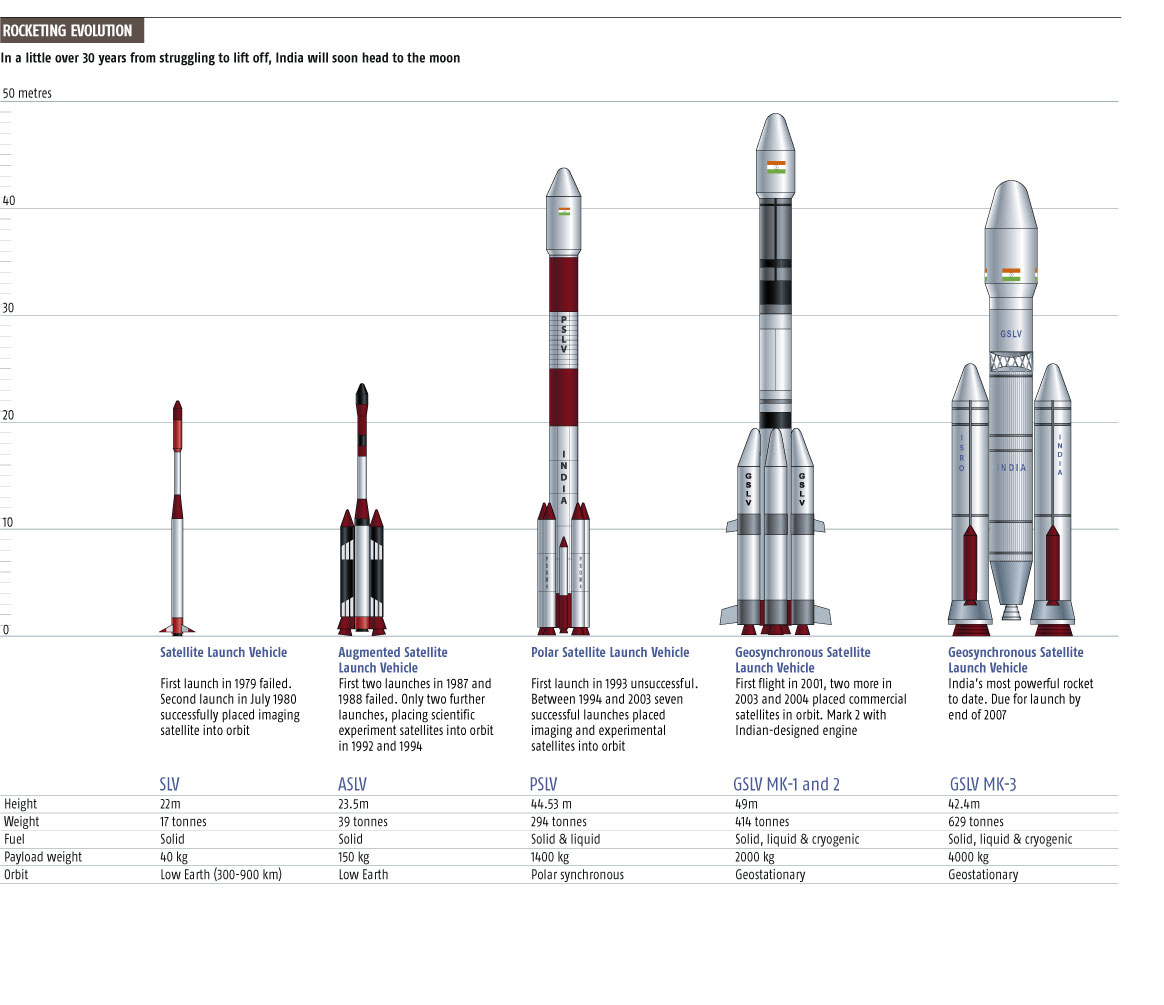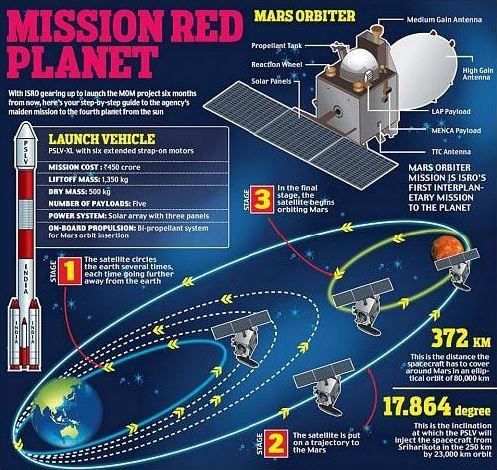Chandrayaan-1 payloads and info
Chandrayaan-1 is an Indian Space Research Organization (ISRO) orbiter designed to test India's technological capabilities and return scientific information about the geological, mineralogical and topographical characteristics of the Moon. It also carried NASA's Moon Mineralogy Mapper (M3) instrument to the Moon.
Chandrayaan-1 is an Indian Space Research Organization (ISRO) orbiter designed to test India's technological capabilities and return scientific information about the geological, mineralogical and topographical characteristics of the Moon. It also carried NASA's Moon Mineralogy Mapper (M3) instrument to the Moon.




















